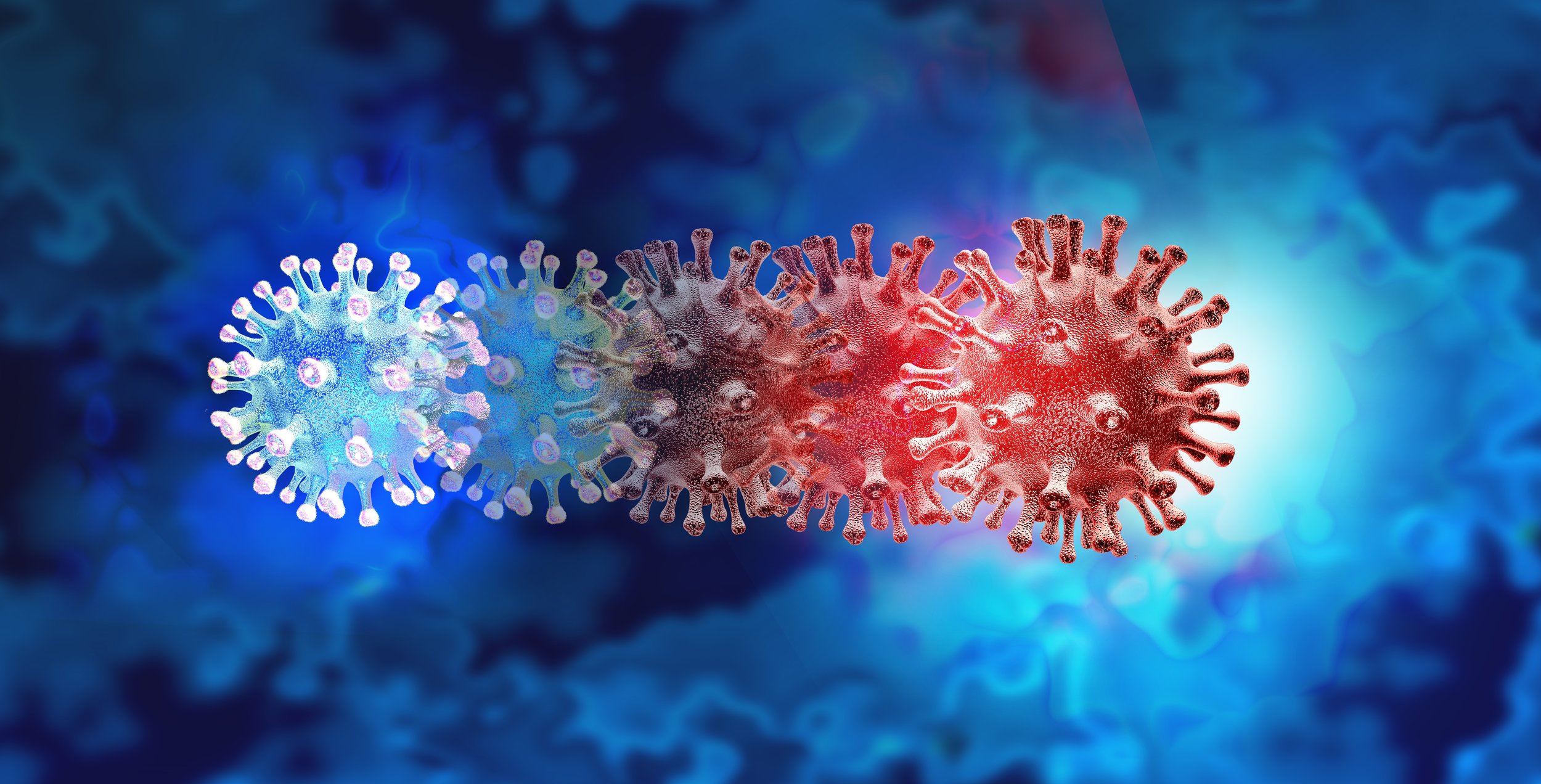Discovering the Replication Secrets of SARS-CoV-2

The necessity for in-depth research on how the SARS-CoV-2 virus replicates in cells is paramount, given its impact on global health.
Understanding the precise mechanisms of viral replication can significantly enhance antiviral drug development, providing targeted and effective treatments.
This insight can lead to the creation of medications that can more efficiently inhibit the virus, thereby reducing the severity of infections and curbing the spread of the disease.
A team from Stanford University has achieved a significant breakthrough in this area, presenting their findings in Nature Communications. By utilising cutting-edge microscopy techniques, the researchers have captured some of the clearest images to date of the virus's RNA and its replication structures, which they observed forming spherical shapes around the nucleus of infected cells.
"We have not seen COVID infecting cells at this high resolution and known what we are looking at before," stated Stanley Qi, Stanford associate professor of bioengineering in the Schools of Engineering and of Medicine, and co-senior author of the paper. "Being able to know what you are looking at with this high resolution over time is fundamentally helpful to virology and future virus research, including antiviral drug development."
The study sheds light on the molecular-scale activities of the virus within host cells. Viruses propagate by commandeering cells and turning them into virus-producing factories, equipped with special replication organelles. Within this factory, the viral RNA needs to replicate repeatedly until sufficient genetic material is amassed to infect new cells and perpetuate the cycle.
The Stanford researchers aimed to detail this replication process with unprecedented clarity. They tagged the viral RNA and associated replication proteins with fluorescent molecules of varying colours. However, imaging glowing RNA alone would yield blurry images with a conventional microscope. To counter this, they added a chemical that temporarily suppressed the fluorescence, causing the molecules to blink on and off at random intervals. This method made it easier to pinpoint the flashes, thus revealing the locations of individual molecules.
By employing a setup that included lasers, powerful microscopes, and a camera capturing images every 10 milliseconds, the researchers compiled snapshots of the blinking molecules. When these images were combined, they produced finely detailed photos displaying the viral RNA and replication structures within the cells.
"We have highly sensitive and specific methods and also high resolution," said Leonid Andronov, co-lead author and Stanford chemistry postdoctoral scholar. "You can see one viral molecule inside the cell."
The resulting images, with a resolution of 10 nanometers, provide possibly the most detailed view yet of how the virus replicates inside a cell. The images depict magenta RNA forming clusters around the cell's nucleus, which then accumulate into a large repeating pattern. "We are the first to find that viral genomic RNA forms distinct globular structures at high resolution," remarked Mengting Han, co-lead author and Stanford bioengineering postdoctoral scholar.
These clusters illustrate how the virus evades the cell's defences, explained W. E. Moerner, the paper's co-senior author and Harry S. Mosher Professor of Chemistry in the School of Humanities and Sciences. "They're collected together inside a membrane that sequesters them from the rest of the cell, so that they're not attacked by the rest of the cell."
Compared to the use of an electron microscope, this new imaging technique allows researchers to more accurately determine the locations of virus components within a cell, thanks to the blinking fluorescent labels. It also provides nanoscale details of cell processes that are invisible in medical research conducted through biochemical assays.
The conventional techniques "are completely different from these spatial recordings of where the objects actually are in the cell, down to this much higher resolution," stated Moerner. "We have an advantage based on the fluorescent labelling because we know where our light is coming from."
Understanding precisely how the virus stages its infection holds considerable promise for medicine. Observing how different viruses hijack cells may help answer why some pathogens cause mild symptoms while others are life-threatening. The super-resolution microscopy can also aid in drug development. "This nanoscale structure of the replication organelles can provide some new therapeutic targets for us," said Han. "We can use this method to screen different drugs and see its influence on the nanoscale structure."
The team intends to repeat the experiment and observe how the viral structures change in the presence of drugs like Paxlovid or remdesivir. If a drug candidate can suppress the viral replication step, it suggests the drug is effective at inhibiting the pathogen, making it easier for the host to combat the infection.
The researchers also plan to map all 29 proteins that constitute SARS-CoV-2 and examine their roles throughout an infection. "We hope that we will be prepared to really use these methods for the next challenge to quickly see what's going on inside and better understand it," Qi concluded.
Author:
Arnold Kristoff
Content Producer and Writer





